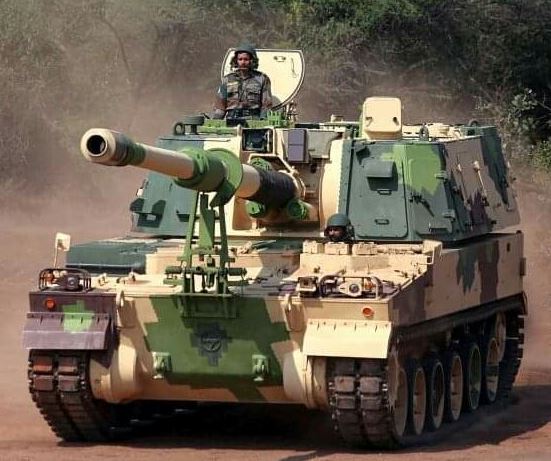From UPSC perspective, the following things are important :
Prelims level: Judiciary
Mains level: Present Challenges related to Case Pendencies;
Why in the news?
A casual remark from a member of the Prime Minister’s Economic Advisory Council has reignited the debate on judges’ working hours and vacations.
Reports on Case Pendencies:According to the “India Justice Report”, as of June 2020, cases remain pending for an average of three years in subordinate courts and five years in high courts, highlighting the extensive backlog. |
Issues of unfilled vacancies and lack of infrastructure/ Present challenges:
- Overburdened Judiciary: Judges and courts are overburdened with excessive government litigation, new legislation adding to the workload, and the rising tide of litigation across various domains.
- Infrastructure Deficits: Shortages in courtrooms and support staff, with national averages showing a 26% deficit in support staff. Insufficient infrastructure hampers the smooth processing of cases.
- Quality Deficits: Uneven proficiency in language and legal knowledge among lawyers and judges contribute to procedural delays and suboptimal outcomes. Lengthy pleadings, paper books, and judgments further exacerbate the problem.
- Vacancy Crisis: Many courts, including high courts and lower courts, face a significant shortage of judges, with vacancies averaging around 30% in high courts and 22% in subordinate courts. Some states, like Bihar and Meghalaya, have vacancies exceeding 30% for over three years.
- Lack of administrative support and outdated procedures impede the efficient management of cases and court operations.
What can be done?
- Address Vacancies: Expedite the appointment process for vacant judicial positions and strive to achieve full complement in courts to alleviate workload pressures.
- Set higher standards for judicial appointments and legal practice to ensure competence and proficiency among legal professionals.
- Establish Permanent Administrative Secretariats (PAS) led by qualified court managers to assist judges in case management and administrative tasks.
- Invest in Infrastructure: Build more courtrooms, hire additional support staff, and invest in technology to streamline court processes and enhance efficiency.
- Allocate adequate resources to the judiciary to improve infrastructure, enhance administrative capabilities, and ramp up efficiency in justice delivery.
- Prioritize Judicial Reform: Undertake comprehensive judicial reforms to address systemic issues, streamline processes, and enhance access to justice for all citizens.
- Implement specialized courts, pre-trial mediation, and other alternative dispute resolution mechanisms to expedite case resolution and reduce backlog.
Mains PYQ:
Q Critically examine the Supreme Court’s judgement on ‘National Judicial Appointments Commission Act, 2014’ with reference to appointment of judges of higher judiciary in India. (UPSC IAS/2017)
Get an IAS/IPS ranker as your 1: 1 personal mentor for UPSC 2024












